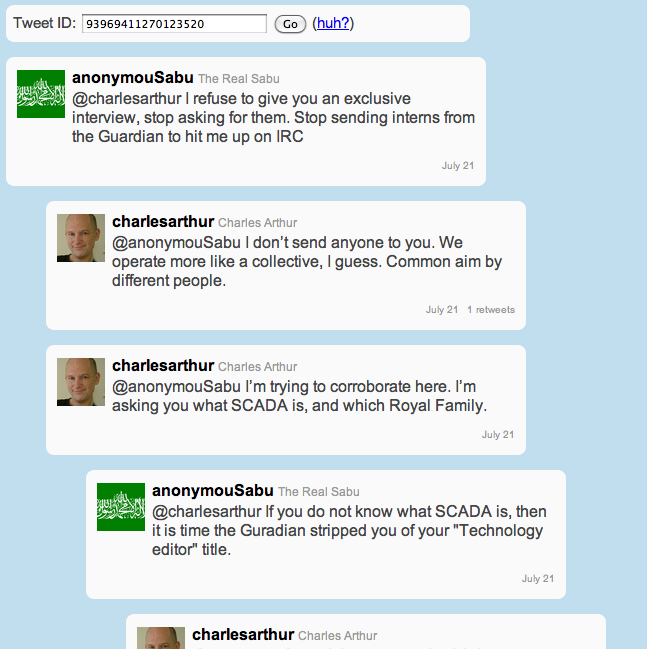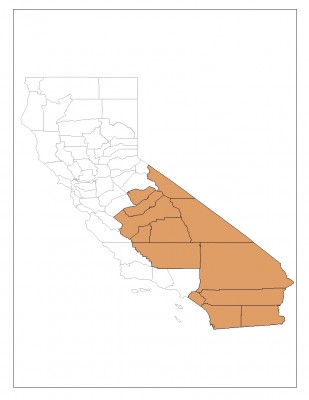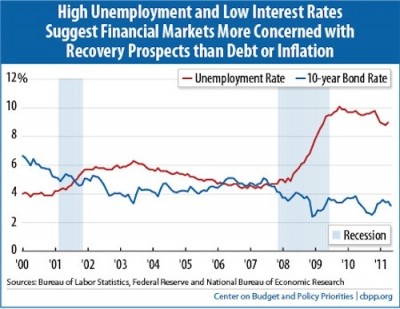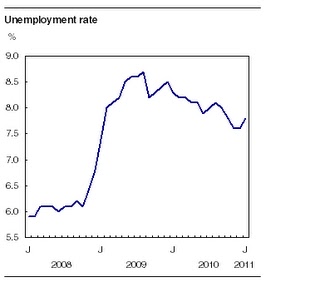This is the second instalment of a three-part series of posts on the media:
- Media & the Selective Outrage Machine
- The Culture War Is Not Really Taking Place
- The Big Hit:: CBC v. The Canadian Cancer Society
My last post was the media’s role in creating a dramaturgical stage of manufactured outrage that’s affecting how people behave within institutional contexts. This post is about media manufacturing a reality by presenting stylized facts and selectively using the “culture war” to do it. While partisan punditry becomes increasingly popular, I would argue that what’s bound to evolve is a news positioning that’s market-driven in more ways than one. The free market is reified and deified, but in a way that’s meant to appeal to advertisers {subscribers and pageviews} and consumers {an economic orthodoxy based on neoliberal views or views positioned as such}. The market is both subject and object. A media culture war has already emerged along specific faultlines, with “code” used by the combatants to frame the rhetoric on both sides. And, it is a war. There’s no room for civil discourse on the battlefield, but perhaps more aptly, there’s no patience for it.
Given the recent News of the World scandal, journalists are getting scrutinized for their ethics, but aren’t the nefarious and illegal tactics allegedly used by NoW the logical progression in an era of extreme coverage that’s meant to evoke visceral reactions and tap into raw emotions? I would argue, in the vein of Jean Baudrillard’s The Gulf War Did Not Take Place, that the institution of journalism helps to construct a configuration of society, often based upon, for example, lurid details, scandal, fail, and the polarities of the culture war. Currently, the drawn battle lines tend to cleave along political party affiliations::
- rural regions/suburbs v. cities
- social & cultural programmes v. market fundamentalism
- traditionalism v. progressivism
- fiscal conservatism v. “tax and spend”
- multiculturalism v. “anti-political correctness”
- Pro-immigration v. xenophobia
- Pro choice v. pro life
- Marriage is between “Adam & Eve” v. “Adam & Steve”
- Unions v. management
Canadians will be subject to another divide::
- Québec v. ROC (rest of Canada)
You get the picture. The idea is to exploit wedge issues by fostering controversy. But, the culture war isn’t really taking place—we seeing is a media manufactured manifestation of it and what we know about the opposing position is a fiction created by media rhetoric that places the values of those who don’t share our views as on a different planet. A few select juicy quotes here or a controversial soundbite there serve as empirical truth of what’s going on. After all, how many people know that the post-Katrina violence in the Superdome & Convention Center were vastly overstated? I would hazard to guess that many who heard the initial stories of anarchy in the Big Easy in the wake of the storm still have the perception that the city decended into a Hobbesean state akin to the Lord of the Flies. Of course, how this is framed means that cultural logics can be cued without saying anything outright, which is part of the theatrics.
I would argue that this use of the culture war will evolve into a more complex mapping that transcends traditional party lines, in both the US and Canada. In this current era, journalism isn’t rewarded for reporting on the issues, but for shaping and manufacturing them in an often desperate attempt to garner subscriptions and pageviews. Something may start as “grassroots” or may “go viral”, but as soon as the media gets a hold of it, it morphs into a piece of an agenda. You can blame it on the 24/7 news cycle and the rise of infotainment that successfully monetized the “news”, but it doesn’t matter; the genie is out of the bottle. The culture war is perfect fodder to whip readers into a frenzy by presenting the extremes and those across the divide as a polar opposite, while constructing a reality that may not even exist. This works by tapping into our values and attitudes and framing stories to get maximum polarity. It’s an economic imperative for the business model.
The above list of culture war wedge issues isn’t a continuum in practice; it’s binary. The opposing view is characterized as a polar opposite, often with inflammatory rhetoric. This is exacerbated by the fact that the public is less interested in news on a purely factual basis, particularly in the realm of politics and the economics, given the attention economy {the scarce commodity is our time}. We often seek information that’s been pre-digested in a manner most palatable to us. The function of news media now is to present the extraordinary with an emphasis on the sensational. The “cultural products” of the news media are soundbites and sexy attention grabbing headlines, increasingly important as Internet headlines can persuade and “inform” without even being clicked on.
Up in Canada, while many media outlets will stoke the fires of the culture wars, merely invoking the term invites criticism. When pollster Frank Graves of EKOS used it last year to identify a strategy for the Liberals, all hell broke loose. After all, why would anyone want to bring the ugliness of US-style politics to Canada? Well, the truth of the matter is that the news media has much to gain from the culture war and the class war that’s nested within it, but don’t want to ever get caught promoting it. Graves’ great crime was putting a possible strategy out there that could be used against the Conservatives that some construed as distasteful::
“I told them that they should invoke a culture war. Cosmopolitanism versus parochialism, secularism versus moralism, Obama versus Palin, tolerance versus racism and homophobia, democracy versus autocracy. If the cranky old men in Alberta don’t like it, too bad. Go south and vote for Palin.”
The “controversy” of Graves’ statement was manufactured and used as evidence of his partisanship, but it’s hardly shocking. Graves wasn’t talking about anything new in terms of Canadian political marketing, he just dared to put it out there in such stark terms. He unmasked the great Oz and violated the social compact by showing how the persuasion sausage is made.
The US is more accustomed to journalists, pundits, and politicians invoking the culture war and I would argue that the heated rhetoric dividing the left and the right is a product of the media manufacturing realities so that groups become extreme caricatures. Underlying all of this right now is a general uneasiness of the future of the middle class and partisan rhetoric is shaping a class war by using the culture war.
Canada has a few journalists who are exemplars of what I see as the future of this trajectory. What might this future be? Look to journalistic statements in magazines like Maclean’s magazine {a Canadian weekly} and by journalists like its national editor, Andrew Coyne and his ilk, e.g., Margaret Wente, are couched in false dichotomies with the volume turned to 11. The emphasis is on commentary, as opposed to hard news, but there’s a sly twist. Journalists like Coyne and Wente position themselves as iconoclasts that defy partisan lines, but know how to sniff out controversy and milk it for all it’s worth. They would scoff at this idea they’re exploiting the culture war, which is also part of the shtick. In this era of social media and conversations, Coyne prefers to use all media at his disposal {Maclean’s, Twitter, CBC-‘At Issue’ panelist on The National} like a megaphone aimed at the masses and that’s too bad. What’s lost is nuance and real dialogue. What this brand of journalism does is foster people shouting at each other, because, after all in a Charlie Sheen world, it’s about the winning—and the drama. The name of the game is staying relevant and Coyne and Wente are making a play with their centrist, iconoclastic approach. It would be brilliant if it weren’t so utterly sloppy in its execution, but I’ll be blogging more about this in a future entry. The result is that it’s hard to take either Coyne or Wente seriously.
My lament for what’s lost with this journalistic divisive theatre is somewhat half-hearted because what else should we expect when the fourth estate is tied to business models and financial imperatives? George Monbiot, in his “A Hippocratic Oath for Journalists”, makes some interesting observations in the wake of the NoW scandal::
“Journalism’s primary purpose is to hold power to account. This purpose has been perfectly inverted. Columnists and bloggers are employed as the enforcers of corporate power, denouncing people who criticise its interests, bullying the powerless. The press barons allowed governments occasionally to promote the interests of the poor, but never to hamper the interests of the rich.”
Monbiot’s words may sound a bit strong, but given that journalism is a business trying to keep its head above water these days, it makes perfect sense that the institution will use whatever means to ensure its own survival. I agree that journalism’s function these days is anything but holding power to account and would argue that most of the time it has functioned as chief architect in the fabrication of an elaborate cultural reality—a simulacrum embedded within media economics.
There is room for pushback. Big media are subject to the constraints of mass markets and by ultimately who pays the bills, i.e., the consumer and advertisers. Technology can enable a cost-effective end-run around the prefab strategies and canned approaches that are more about marketing than news. The target market being people wanting in-depth analysis, as opposed to dramaturgical showmanship. In essence, the long-tail of news. The Economist noted back in 2006 that hard-hitting journalism won’t die and there will be a market for it, but I would argue that in order to serve the journalistic function of holding power to account, alternative models will need to offer substance over infotainment. Ironically, it may well be the mainstream media and its reality distortion machine to produce the future that serves to create a consciousness that rejects it. What could possibly break the bonds of the news-consumption cycle? Prolonged economic doldrums that sow the seeds for a bona-fide class war, not an imagined one.
Twitterversion:: [blog] How the culture war “isn’t” really taking place & how angry “iconoclastic centrism” is journalism’s next big thing @Prof_K @ThickCulture













